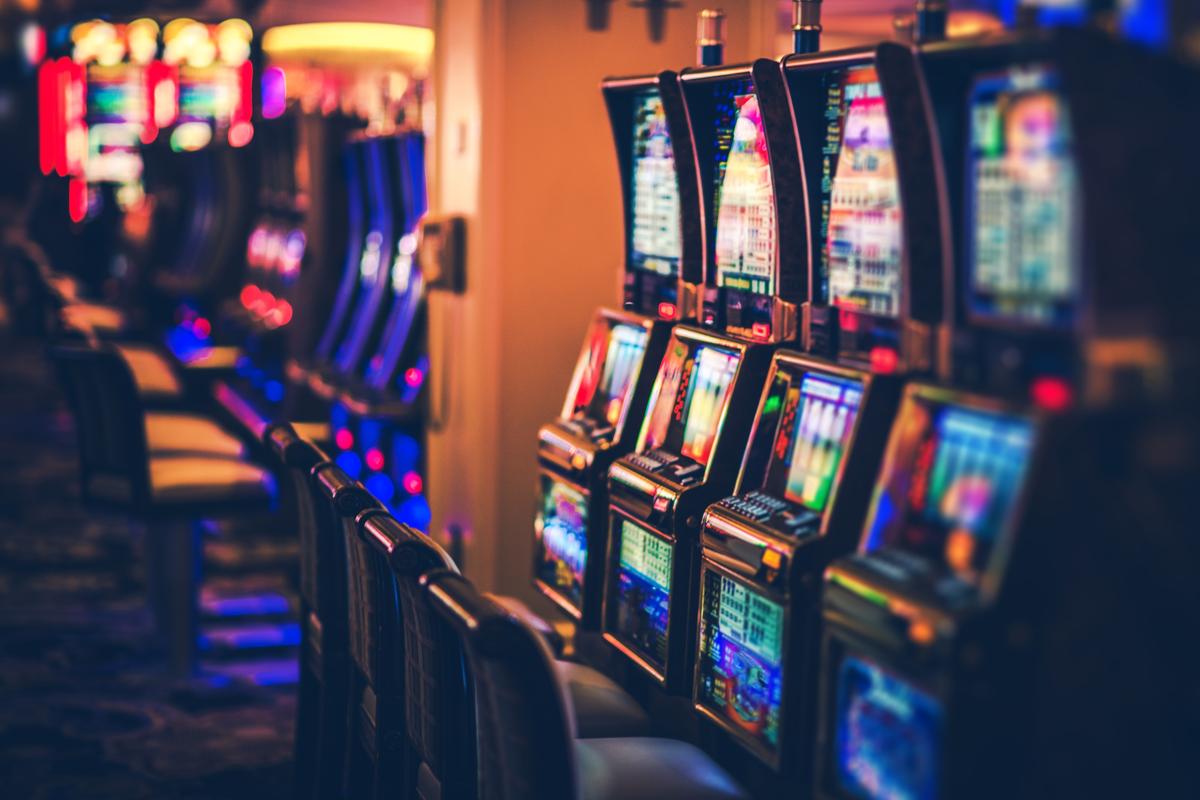The House Committee on Financial Services released a report late last week offering a harrowing glimpse inside Robin hood during the frenzy around Gamestop stock early last year.
The stock trading and investing app was blindsided by the surge in interest from the first big “meme stock” after Creditors and other retail investors rallied around $GME and sent its price into the stratosphere.
For Robinhood, which offers individual investors a relatively friction less way to dive into the stock market, the saga was simultaneously a massive windfall of new users and brand interest and an existential threat that almost did the company in.
Robin hood famously froze trades around GameStop and some adjacent hot stocks as the company teetered on the edge of what its platform — and its pocketbook — could handle. With demand surging, suddenly Robinhood was on the hook for more than it held in collateral to settle the sudden spike in trades.
House Financial Services Committee chairwoman Maxine Waters (D-CA) called for a deep dive into what happened behind closed doors, and the new report, “Game Stopped: How the Meme Stock Market Event Exposed Troubling Business Practices, Inadequate Risk Management, and the Need for Regulatory and Legislative Reform,” collects the committee’s findings. The report, embedded below, is culled from a number of hearings, 95,000 pages of documents and 50 interviews.
“My Committee’s investigation into the matter showed we need better market regulation to address the troubling business practices that were uncovered during our investigation,” Waters said. “Payment for order flow and gratification make it profitable for a new generation of trading apps to push retail investors to make as many trades as possible, making the markets more volatile than ever.”
The committee described Robinhood’s business as “troubling,” citing its preference for aggressive growth without adequate risk management. The report also found that the majority of financial firms the committee examined don’t have any plans in place to prepare for another risky phase of “extreme” market volatility.
According to the report:
Within Robinhood, the company’s executive leadership team held an all-hands to brainstorm about ways for the company to leverage the attention and its massive influx of new users, even as the team tasked with seeing its trades settled scrambled to “keep the lights on” with “things barely held together.”
Ultimately, the company secured a waiver for its collateral requirements, paused some trades and averted disaster but there’s no guarantee that history won’t repeat itself and shake out a different way. In light of the report, Waters called for “significant” legislative reforms to prevent another Robin hood-style near-meltdown.

One way Robin hood was circumspect? Knowing that the company was in store for some serious scrutiny.
“The biggest concern now is can we handle our scale,” Robinhood’s senior director of clearing operations wrote. “If we fail to deliver something like this due to us not being able to handle our own volume, it would not bode well with [the clearinghouse] or the regulators.”











